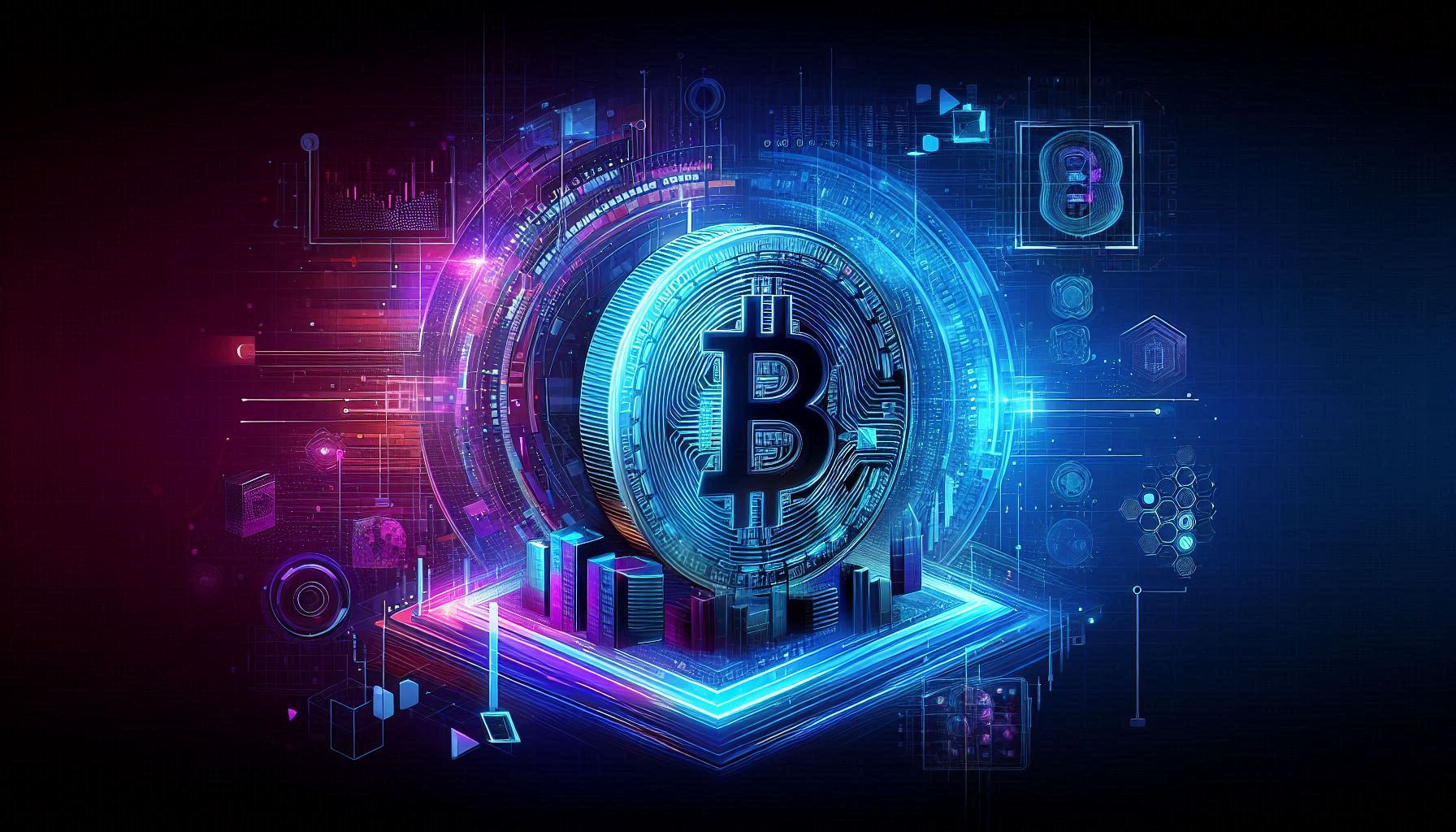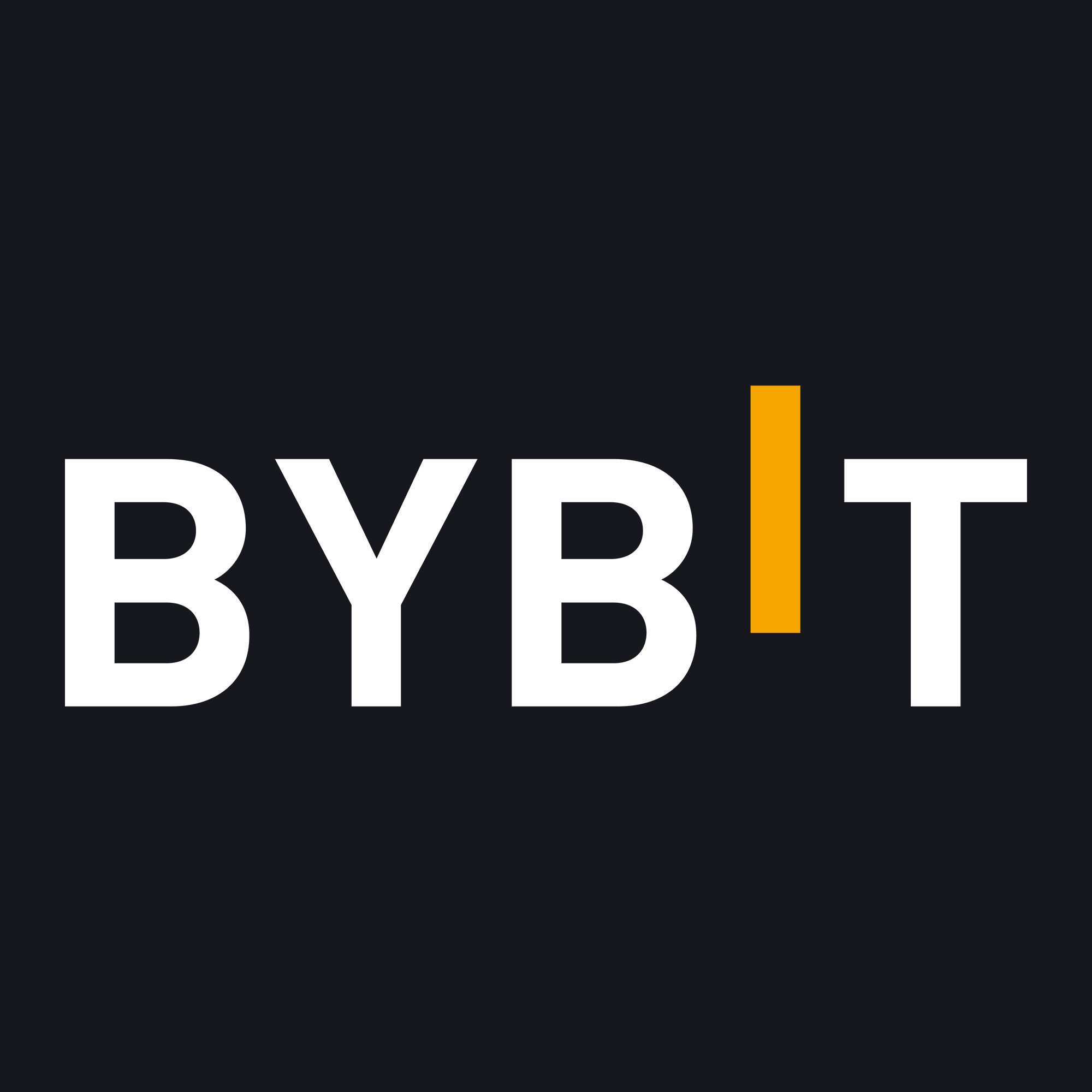ZKsync (ZK) Price Analysis: Today's Key Trends
ZKsync (ZK) price today is $ 0.06058 with a 24-hour trading volume of $ 25.78M, market cap of $ 438.14M and market dominance of 0.01104%. The ZKsync (ZK) price changed 0.1418% in the last 24 hours. ZKsync (ZK) price in US dollars is changed by -44.79% over the last 1 year. Over the past year, ZKsync (ZK) has changed by -70.02% against Ethereum and -70.61% against Bitcoin. ZKsync (ZK) total volume is now $ 25.78M, 0.0006500% of the total cryptocurrency market volume in the last 24 hours.
Understanding ZKsync and Its Role in Crypto
ZKsync token functions as the linchpin of an innovative technology stack that scales Ethereum by bundling thousands of transactions into succinct proofs. Since its crypto release date in August 2021, it has eliminated congestion on the base layer by delegating validation tasks to an off-chain network, enabling rapid settlement without relying on traditional miner rewards or extensive mining resources. In news today on their website, major DeFi protocols have lauded its seamless user experience and robust governance framework.
A meticulously structured distribution schedule allocated 50 percent of all tokens for community incentives, with vesting periods stretching up to four years. An ecosystem fund, overseen by an independent council, channels resources into developer grants, tooling expansions and security audits. Early participants include leading venture firms and academic research groups, which bolster confidence in long-term stewardship.
Governance mechanisms allow stakeholders to propose and vote on protocol upgrades, fee adjustments and security parameters. With on-chain voting thresholds set to minimize centralization risks, the community has ratified multiple roadmap milestones – ranging from enhanced fee markets to advanced privacy features – through coordinated signaling events that attract thousands of unique addresses, reinforcing optimism around the ZKsync price prediction.
A Look at the ZKsync Price Movement
Since its debut, the price has oscillated in step with on-chain demand and macroeconomic sentiments. Analysts often consult the ZKsync ZK token price chart alongside interactive charts to compare yield curves with legacy stock price indices and rival L2 rollups.
- 24 Hour Range: $0.04479 – $0.04691
- 7 Day Range: $0.04398 – $0.05224
- Historical High: $0.321 (Jun 17, 2024)
- Historical Low: $0.04151 (Apr 15, 2025)
Liquidity remains deep on top-tier exchanges, where traders can buy or sell tokens with minimal slippage. Many platforms facilitate straightforward buy operations via credit cards or bank transfers, while on-chain cost estimators employ a calculator to preview gas fees in real time.
Volatility metrics reveal that weekly price swings average around 12 percent, closely mirroring shifts in Ethereum’s own valuation. Correlation studies conducted by independent researchers show a 0.68 coefficient between the two asset classes over the past six months, suggesting that broader market cycles still exert a strong influence.
ZKsync (ZK) crypto token holder statistics further illuminate supply dynamics: the top ten addresses control roughly 22 percent of the circulating share, while more than 18,000 unique wallets have maintained positions since genesis. Such distribution patterns underscore both concentrated insider holdings and a healthy base of retail participation.
Seasonal trends show that mid-month periods often coincide with liquidity troughs and narrow bid-ask spreads widen, reflecting periodic treasury rebalances by larger holders. Meanwhile, perpetual futures contracts exhibit funding rates that oscillate between –0.03 % and +0.02 % on a daily basis, signalling shifts in long-short sentiment among leveraged participants. Open interest across derivative venues has surged by over 35 % during periods of heightened blockchain throughput, underscoring speculative interest beyond spot holdings. Additionally, on-chain analytics reveal that average transaction counts per unique address reached 28 over the past quarter, a 14 % increase compared to the preceding three months. Such metrics highlight a maturing asset that draws attention from both retail cohorts and institutional desks managing hedged exposure to digital asset volatility.
Real-Time Snapshot of ZKsync Token Value
In live markets, the ZK token price is readily accessible through crypto currency prices live feeds that display dynamic order book shifts. Enthusiasts monitoring their crypto wallet balances can observe asset fluctuations second by second, as live crypto prices ripple across charts and dashboards. The current price of the token sits at $0.04628 (≈0.0004366 BTC), an indicator of healthy activity given reduced network fees. Users leveraging the ZKsync app benefit from instant balance updates and seamless swaps, and they can track the ZKsync ZK token current price alongside gas estimators. Widgets showing crypto prices today live and current crypto prices live empower investors to act on intraday trends, while an integrated calculator forecasts outcomes based on the today price snapshot.
Recent data indicate a 24 hour trading volume of $16.02 million, accounting for nearly 9 percent of total decentralized rollup throughput. On-chain throughput averages over 1.2 million transactions daily, with peak throughput surpassing 1.8 million during network stress tests. These figures reflect sustained demand from both retail users and automated market makers.
Market capitalization of ZK cryptocurrency hovers around $170 million, placing the asset within the top 350 by valuation among all tradable digital tokens. Fully diluted valuation stands just shy of $972 million, reflecting the maximum potential supply of 21 billion units. While circulating supply remains capped at 3.675 billion tokens, gradual unlocks continue to influence the long-term supply curve.
Institutional participants also track aggregated market depth across primary trading venues via API, noting that the top five resting orders on either side account for roughly 1.2 million tokens at any given moment. Liquidity providers maintain spreads near 0.5 basis points, ensuring tight access for block trades exceeding $100,000. On some wholesale desks, bids above $0.046 require fills in increments of 250,000 units, while larger participants may negotiate directly through OTC channels. Funding rates on perpetual swap products remain anchored at zero basis points, reflecting balanced leverage between long and short positions. Meanwhile, algorithmic strategies execute cross-market arbitrage within microsecond latencies, smoothing price discrepancies to within 0.01 percent. This sophisticated infrastructure underpins seamless connectivity with automated trading systems and institutional custody frameworks.
Forecasting the Future of ZKsync Price
With ongoing upgrades and rising adoption, ZKsync ZK price today remains a focal point for market strategists drafting price prediction models. Research teams deploy machine-learning to analyze on-chain metrics and sentiment data, crafting the leading ZK ZKsync (ZK) crypto price forecast scenarios. Base-case projections see the token reaching $0.07 by Q4 2025, driven by volume surges on DeFi bridges.
Beyond trading, protocol expansion into staking services could introduce new yield streams, fostering deeper engagement and locking supply within user wallets. Meanwhile, ecosystem news – from layer-3 integrations to cross-chain rollups – will shape price trajectories as competition intensifies.
Upcoming features include a revamped batch submission module that reduces proof generation times by an estimated 35 percent. Additionally, a forthcoming gas abstraction layer promises to simplify fee payment for end users, potentially lowering the barrier to entry for non-technical participants. These technical advancements may serve as significant catalysts, influencing both utility and market sentiment. Strategic partnerships with interoperability-focused projects – some of which are recognizable by branding elements like the ZKsync (ZK) crypto logo – underscore the ZK coin’s alignment with broader scalability trends. External variables – such as regulatory developments in major jurisdictions and shifts in global liquidity conditions – will also play a pivotal role. Should global policy trends favor clearer guidelines for digital assets, increased institutional inflows may buoy valuations. Conversely, tightening monetary policies or heightened compliance requirements could temper risk-on behaviors, leading to temporary drawdowns.






















 Trade Now ByBit
Trade Now ByBit